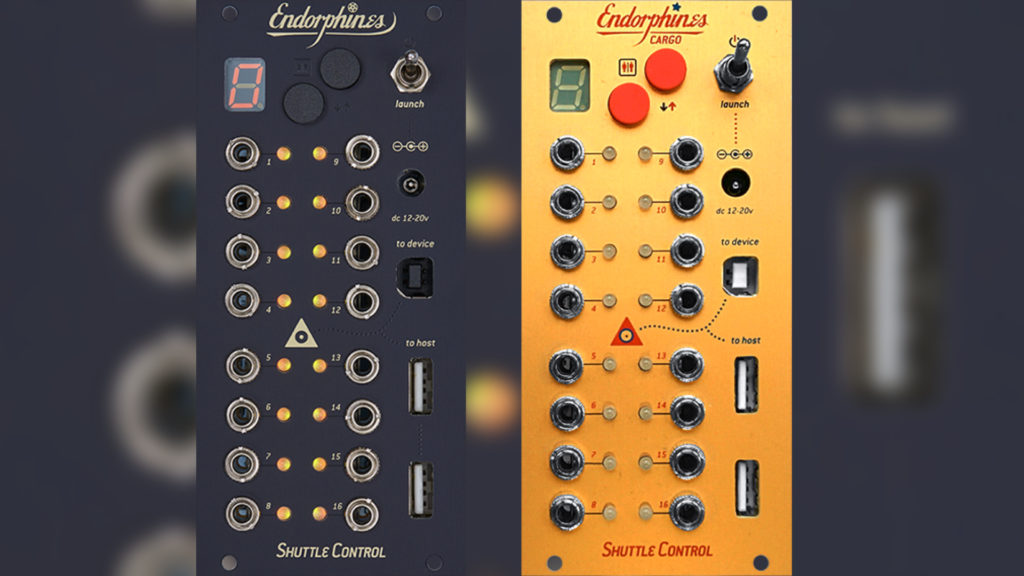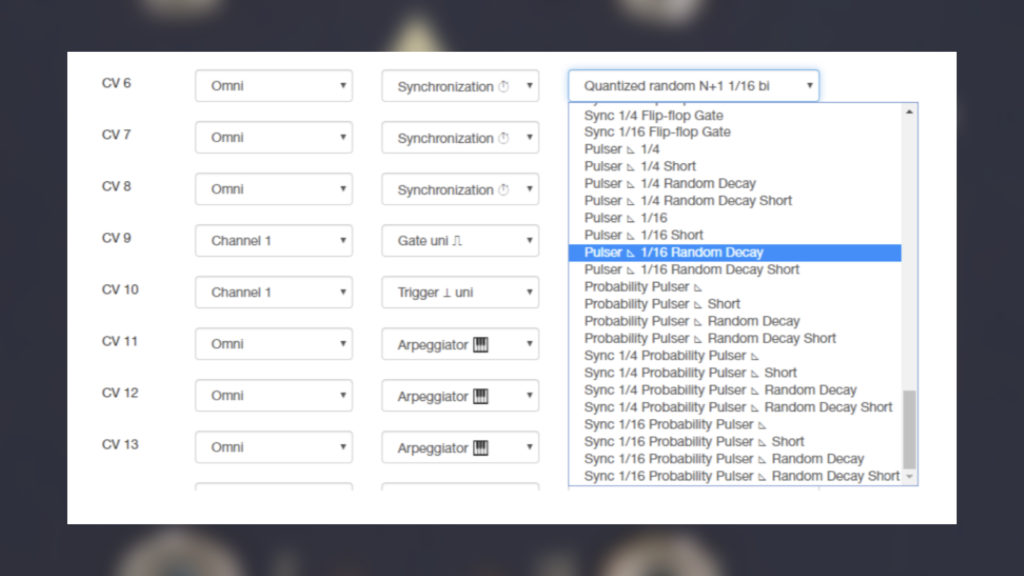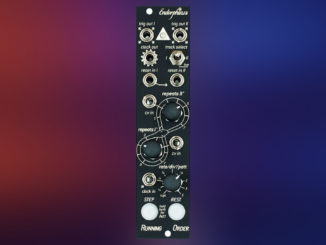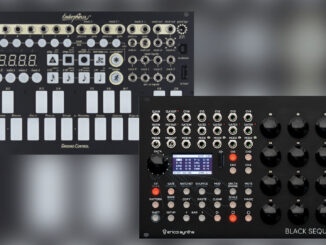Endorphin.es new Cargo 4 firmware for Shuttle Control features standalone tap clock, musical random generators, MPE arpeggiator & more.
Shuttle Control is a “uber” versatile USB-MIDI to CV interface with 16 CV outputs that will help you integrate your modular Synthesizer into the software world. No matter whether DAW (Ableton Live…), plugins or iPads with MIDI apps, a lot is possible here. That is because you can map each of the outputs to a wide range of different functions like Note CV/Gate, advanced random generators, clocks, drum maps or polyphonic expression.
Now the developers of Endorphines have released Cargo 4, a new firmware that extends the MIDI to CV playground again with new clever tools. One new feature is that Shuttle Control is now able to act as a standalone MIDI clock generator with a TAP tempo. The previous version required an extra device that generates a MIDI clock. Big improvement indeed!
Also new is the arpeggiator section that receives advanced modes, which are already merged with the pitch bend. According to the developers, this is probably one of the first MPE arpeggiators. It sounds very creative:
we can press some notes harder/strike, faster etc. and they will respond differently creating accents and totally changing your groove to a new level. It also receives MPE CC (CC#01 for modulation, CC#74 for pitchbend).
Further, there is now the Pulser, a new Buchla Music Easel inspired envelope with instant attack, great for replicating a Vactoral like behavior. W can control the decay either with pressure (MPE devices) or with velocity, which works for regular MIDI keyboards. This feature eliminates the need of multiple envelopes when working with polyphony.
New Internal Clock, New Modulation Options
Since you now have a standalone clock, the modulations are no longer dependent on an external clock. So the Shuttle Control becomes a big modulation box of modulations still “synchronized to the main clock but some of them yet living their own musical life”.
By default all random generators and normal LFOs are already set up to be synchronized to the clock and play as 1/4th or 1/16th and in some cases 1/1 (whole bar) periods. CC#12, lets say from your Ableton Push® controller, is used to control the divider selector so we can get alternative PPQN24 divisions such as /3 /6 /12 /24 /48 /96.
Shuttle Control also features a mixture of function generators what is known from West Coast synthesis: Clock based Random Triggers/Gates, Gates with random duration inspired by Richter’s Wogglebug and Serge Smooth/Stepped Generator as well as Buchla’s Source of Uncertainty simple Random Generators with both quantized and stored voltages – with CC#13 we may change the distribution of values.
Also new are probability pulsers that continuously generate pulser envelopes based on the tempo (standalone clock generated by the Shuttle Control or an external MIDI clock of course), which are firing randomly and at the same time having different random decay times
Shuttle Control Introduction
Here is a video in which I show how to work with the iPad and the Shuttle Control. These functions shown in the video are also available for PC / Mac users, for example in Ableton Live.
The new Cargo 4 firmware for the Shuttle Control is available now as a free download from the Endorphin.es website.
More information here: Endorphin.es
Available at our partners






Be the first to comment